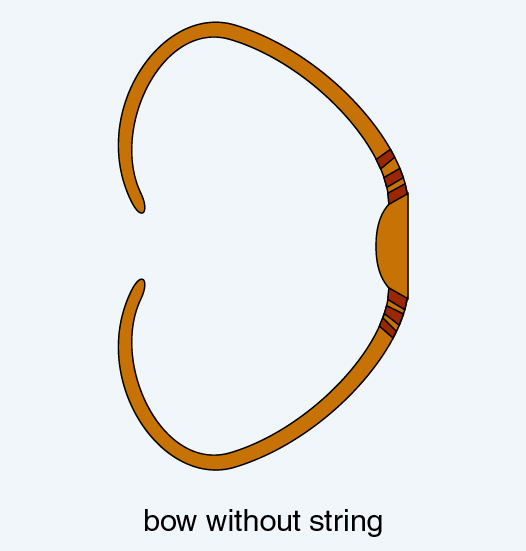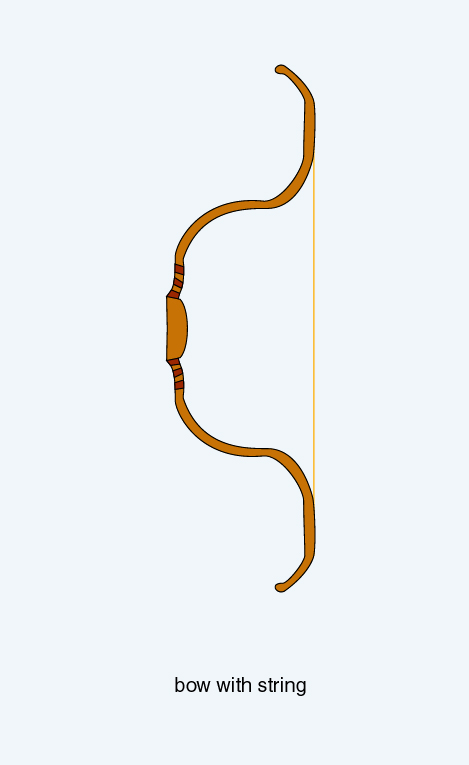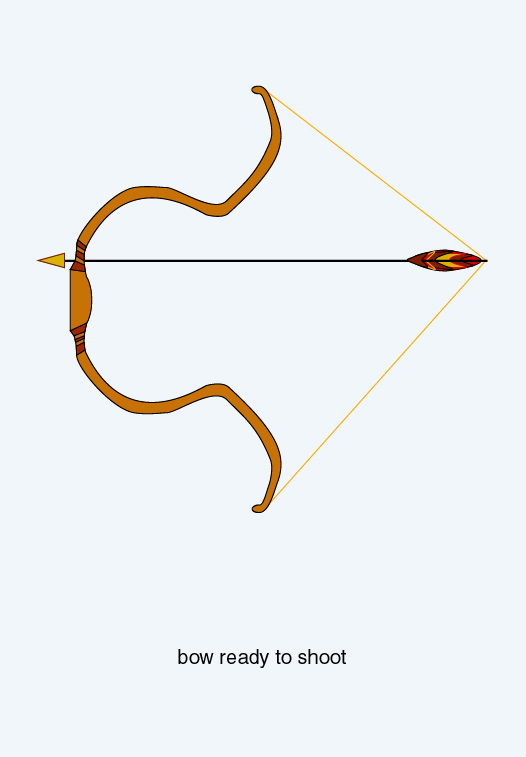The events of the day are on temporary hiatus while I stay on the current topic for a bit longer. Those interested in the historical aspects of warfare might find this interesting. Those who do not can click elsewhere.

Reviewing the map a few posts up in this thread will show that over the space of three generations the Mongols effectively conquered a very significant portion of the entire known world. The concept of the "Mongol Horde" accomplishing this suggests that it was accomplished by overwhelming numbers. While that was sometimes true, especially when the Mongols conducted siege operations using slaves and captured prisoners as cannon fodder, for the most part it was accomplished via the EXACT SAME methods that armies throughout history have won wars -- superior training, organization, weaponry and tactics.
TRAINING
The entire Mongol race (actually, it's several races, but we'll ignore that for this purpose), trained constantly for war by virtue of the society in which they lived. Much like American Indians, learning how to use their bow and ride a horse started practically as soon as the boys could walk. Women, also, learned how to use a bow, so crucial for survival and defense on the steppe.
ORGANIZATION
The Mongol armies were rigorously organized. Each man was a member of a 10 man group, one of whom was a commander. This group was part of a 100 person group, which in turn was part of a 1,000 man group, which was part of a
tumen, or army fo 10,000 men. The
tumen reported directly to the commander of the entire army, which was usually a Khan.
Keep in mind that we are talking about the 1200's here. In Europe, armies consisted of knights and others with oaths to fulfill, as well as the ragtag rabble that the lords had managed to cobble together, if any, in support. The concept of a true table of organization was utterly foreign.
WEAPONRY
Much has been made throughout history of the English Longbow, which almost without question was the best pre-gunpowder weapon to come out of Europe. Without question, however, it paled in comparison to the Mongolian composite bow, which is likely to be the best pre-gunpowder weapon in the history of the world.
The Mongolian bow was superior in every way. It was both shorter, enabling it for use on horseback, easier to repair and far more powerful.
Quote:
|
The Mongol bow is not as large and long as the English one, but it is vastly more powerful. The draw weight of an English longbow averages around 70-80 pounds, whereas the Old Mongol bow had a pull that, according to George Vernadsky, averaged at around 166 pounds. Chambers states that the pull varied from 100 to 160 pounds. This seeming discrepancy certainly reflects the fact that draw weight varied with the strength of the user, and with what use the bow had been made for. As could be expected, there was a considerable difference in shooting range. Whereas the English longbow could shoot at distances up to 250 yards or around 228 meters, the Mongol counterpart can hit its target at 350 yards or 320 meters and, if the archer is well trained for the task, even beyond that.
|
http://www.coldsiberia.org/monbow.htm
The Mongols also understood hte concept of using different arrows for different jobs. Heavier, harder arrowheads were used to pierce armor, while other arrow lengths and heads were used for incendiaries or normal archery. Finally, whistling arrows could be used to send different signals.
Mongolian composite bow:



English longbow:

In addition, as the Mongolians captured other peoples, their technologies were incorporated into their arts of warfare. Over time, the Mongolian armies managed to perfect the art of siege warfare as well as battles on the open plains.
TACTICS
Finally, the Mongolians were brilliant tacticians. Long before the birth of Heinz Guderian or any of the other adherents to blitzkrieg style warfare, the Mongolians understood that superior mobility and hitting their enemies from unexpected quarters would go a long way towards offsetting any disadvantages they might have. It was extremely common to attack opponents on multiple fronts. Less disciplined armies would quickly crack under such assaults.
Feigned flight was a frequent and highly successful tactic. Practically born in the saddle, the Mongolians were superior horsemen, capable of shooting with deadly accuracy and range while on horseback. If a battle was not proceeding as hoped, the Mongols would turn and flee. No odd notions of "chivalry" to thwart them. While fleeing, they could turn and shoot behind them at their pursuers, reigning death. Often, additional forces, sometimes and entire
tumen, would be waiting at a designated concealed location and while the strung out pursuers were hot on the heels of the fleeing Mongolians, the fresh concealed troops would thrust into their flanks or rear, and the fleeing Mongolians would instantly turn and return to the fight.
They were, without doubt, absolute masters of every facet of war.